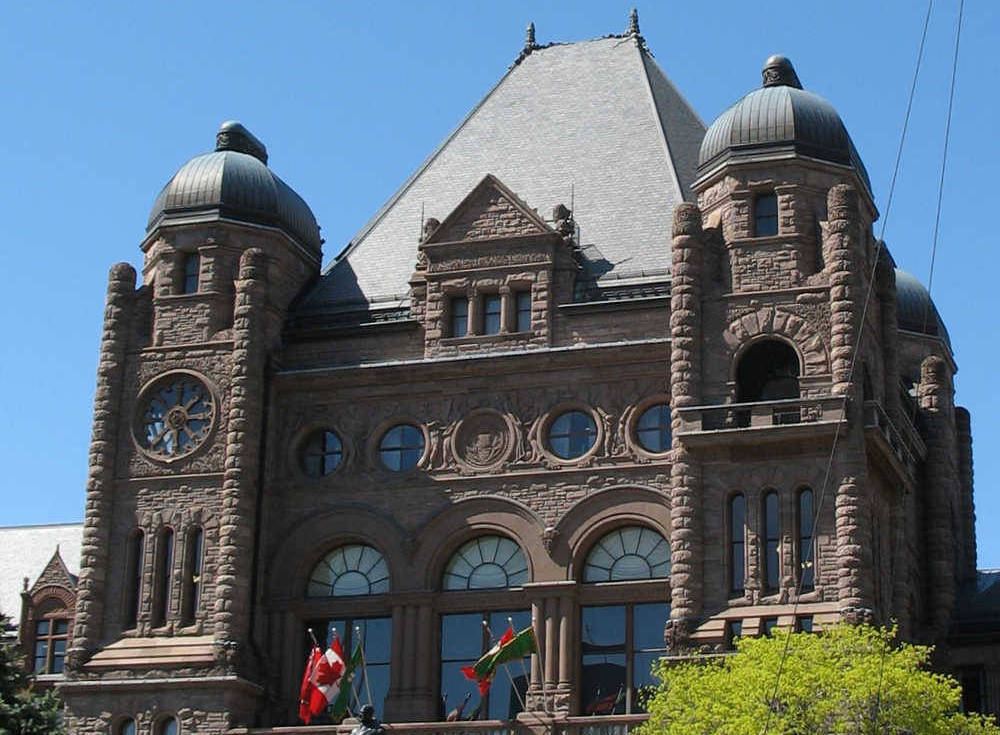The Ontario government is investing $15,274,632 to help renew and rehabilitate critical infrastructure in Bruce-Grey-Owen Sound. The funding will be delivered in 2025 through the Ontario Community Infrastructure Fund (OCIF) and is part of the government’s $190 billion capital plan to build and expand more homes, highways, hospitals, transit, and high-speed internet across the province.
“This funding will greatly help renew and rehabilitate critical infrastructure projects in Bruce-Grey-Owen Sound,” said MPP Rick Byers. “This investment is part of the government’s plan to support economic development, growth, and job creation in our local communities.”
Local municipalities to receive the following:
- $1,012,676 – Municipality of Arran-Elderslie
- $1,549,190 – County of Bruce
- $422,18 – Township of Chatsworth
- $301,611 – Township of Georgian Bluffs
- $3,488,105 – County of Grey
- $544,169 – Municipality of Grey Highlands
- $538,412 – Town of Hanover
- $1,514,622 – Municipality of Meaford
- $338,989 – Municipality of Northern Bruce Peninsula
- $3,316,223 – City of Owen Sound
- $595,775 – Town of South Bruce Peninsula
- $544,870 – Township of Southgate
- $1,107,808 – Municipality of West Grey
In 2025, Ontario will allocate $400 million in OCIF funding to help 423 small, rural, and northern communities build roads, bridges, water and wastewater infrastructure. Communities may accumulate funding for up to five years to address larger infrastructure projects.
“Small, rural and northern communities are essential to the growth and prosperity of Ontario,” said Kinga Surma, Minister of Infrastructure. “By providing direct and stable funding to these communities, our government is helping create local jobs, drive economic growth and build stronger, more resilient communities for generations to come.”
The OCIF provides funding for local infrastructure projects in municipalities with populations under 100,000, rural and northern municipalities, as well as for Local Services Boards that own water or wastewater systems. Funding allocations are based on a formula that accounts for the different needs and economic conditions of each community.












